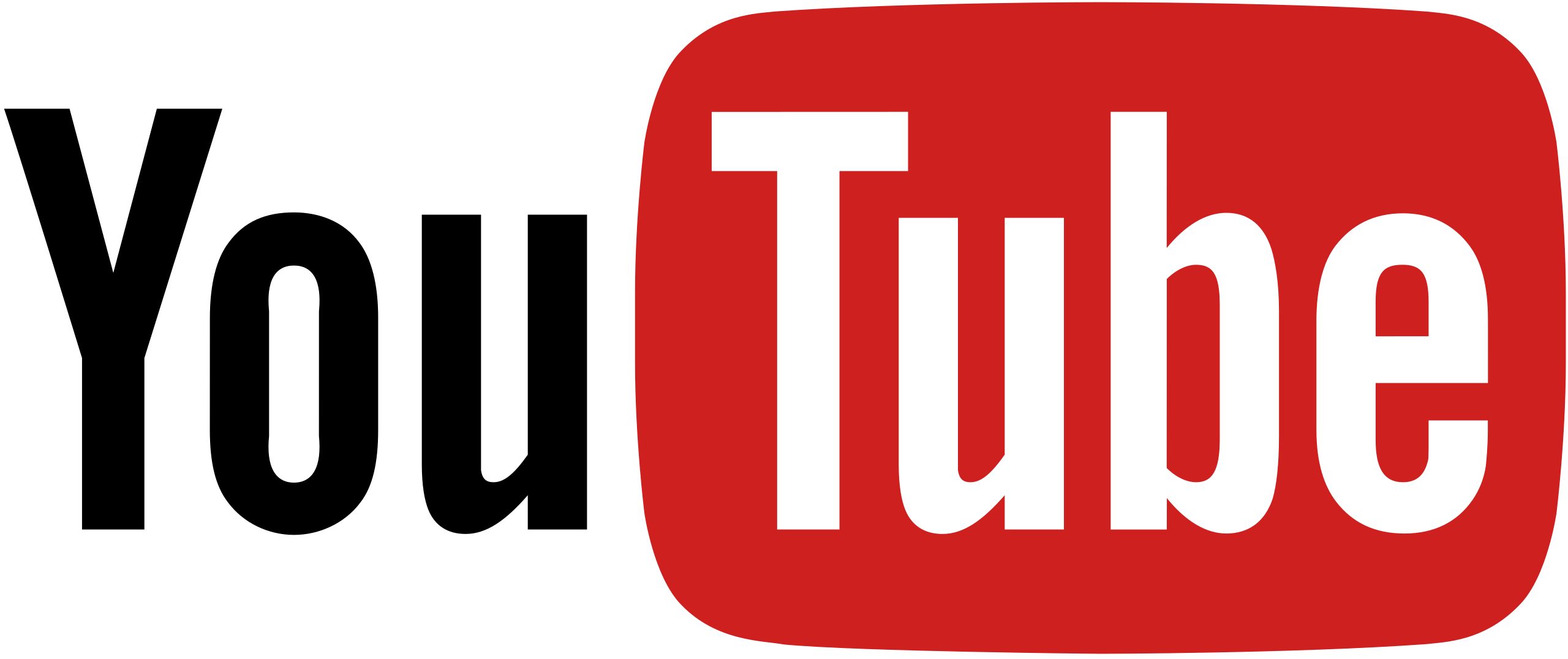Today, let’s talk about staying ahead of the curve. You’re running your own ship here, and no captain wants to be caught in a storm unprepared, right?
Being proactive means you see things before they happen. And it’s not just about dodging problems, but also seizing opportunities. Keep your hand on the wheel and your eye on the horizon. Last week, we touched on the ship analogy, and it holds true: steer your business based on what you foresee, not react to.
You’ve heard the saying, “The early bird gets the worm.” Cliché? Sure. True? Absolutely. Take the current eco-friendly trend. If you catch on early, you’re leading, not following. But don’t be a lone wolf; loop in your team. Keep everyone aligned and ready to adapt. After all, a captain is only as good as their crew.

Now, let’s talk balance. Acting too soon has its own pitfalls. You don’t want to upend your whole business model just because you spotted a new trend. Be keen, not impulsive. We’ve discussed balancing acts in the 10 pillars, so remember: it’s about calculated moves, not hasty ones.
Last week, I nudged you to do a SWOT analysis. If you didn’t, hop back and give it a listen. Now, overlay that SWOT with your 5 Ps—Promise, Product, Process, People, and Profit. Match your SWOT’s strengths to your Promise, find opportunities in your Product, and rectify Process weaknesses. The idea is to refine and align all five areas of your business.
But let’s get more hands-on. Spot any gaps in the market or a new trend? What steps can you take right now? Likewise, got a strength you’re not leveraging? Whether it’s a skill, a team member, or a piece of tech, put it to work.

Speaking of tech, don’t underestimate its power. Whether it’s forecasting sales, managing inventory, or understanding customer behavior, today’s tools are tomorrow’s advantages. Take 30 minutes a week to look up trends, read industry updates, or, better yet, join a webinar or two.
Also, never forget your team. They’re your frontline eyes and ears. Open up channels for their input. They’re invested in your success; tap into that resource.

Lastly, have a Plan B. And maybe a Plan C. You should always have a backup plan, especially for the big stuff. Because guess what? Even the best-laid plans can go sideways.
Being proactive is more than just looking ahead; it’s about preparing for it. Make calculated decisions based on data, trends, and don’t forget—the human element. It’s crucial.
Want to dive deeper? Check out the full episode on Business Owner Breakthrough Podcast.
Check it out here:
In today's episode, Pete Mohr, dives deep into the importance of planning and projections. Think of it as setting your business GPS. Too often, entrepreneurs dismiss planning as a corporate luxury. But here's the thing: without it, you're a ship without navigation—bound for disaster. Planning doesn't just set your course; it adds flexibility, allowing you to adjust your sails when the wind changes.





0 Comments